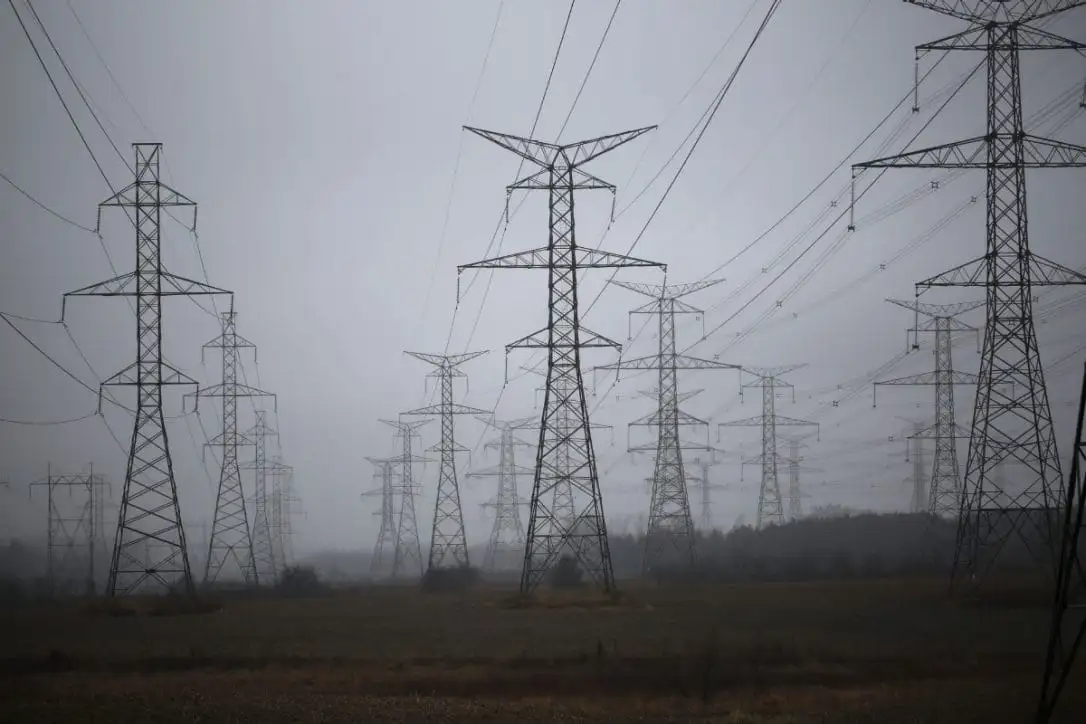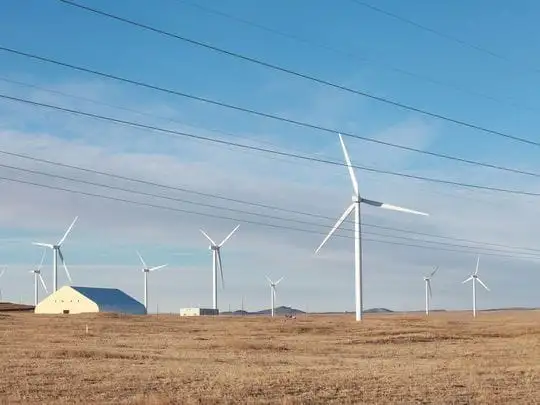HE Saeed Mohammed Al Tayer discusses future cooperation opportunities with Tesla during the World Government Summit 2017
Substation Relay Protection Training
Our customized live online or in‑person group training can be delivered to your staff at your location.

- Live Online
- 12 hours Instructor-led
- Group Training Available
DEWA-Tesla Clean Energy Partnership drives renewable energy, energy storage, smart grid innovation, and EV charging in Dubai, aligning with Dubai Clean Energy Strategy 2050 and the Mohammed bin Rashid Al Maktoum Solar Park.
Key Points
A collaboration to scale renewables, storage and EV charging in Dubai, advancing the city's clean energy goals.
✅ Focus on renewables, storage, smart grids, and EV charging
✅ Supports Dubai Clean Energy Strategy 2050 targets
✅ Leverages Shams Dubai and Green Charger initiatives
HE Saeed Mohammed Al Tayer, MD & CEO of Dubai Electricity and Water Authority (DEWA) discussed future cooperation opportunities with Elon Musk, Founder and CEO of Tesla, the American company specialised in electric vehicles and energy storage, including its UK expansion plans under Tesla Electric. The meeting was held on the sidelines of the second day of the World Government Summit 2017. Also in attendance were Waleed Salman, Executive Vice President of Strategy & Business Development and Marwan Bin Haidar, Executive Vice President of Innovation and the Future at DEWA.
Al Tayer discussed ways to enhance collaboration and exchange experiences with Tesla in renewable and clean energy, environmental sustainability and innovation, including trends in solar and home battery pricing that influence deployment. Al Tayer briefed the delegation on DEWA’s most prominent developmental projects and strategic initiatives, aiming to achieve Dubai Clean Energy Strategy 2050, launched by HH Sheikh Mohammad bin Rashid Al Maktoum, Vice President and Prime Minister of the UAE and Ruler of Dubai, to make Dubai a global centre of clean energy and green economy by providing 7% of Dubai total energy output from clean resources by 2020, 25% by 2030 and 75% by 2050.
Al Tayer highlighted the Mohammed bin Rashid Al Maktoum Solar Park, the largest single-site solar project in the world, with total capacity of 5,000 megawatts by 2030, and total investments worth AED 50 billion, in addition to the smart grid programmes and plans worth AED 7 billion covering generation, transmission and distribution systems, through 11 programmes to be completed by 2020, contributing to enhancing demand side management, energy efficiency and operational processes, amid insights into the impact of EVs on utilities for future planning.
Al Tayer also highlighted the Shams Dubai initiative that DEWA launched in March 2014 as part of its efforts to achieve the Smart Dubai initiative, launched by HH Sheikh Mohammad bin Rashid Al Maktoum, to make Dubai the smartest city in the world. The Shams Dubai initiative encourages customers to install photovoltaic panels to generate electricity from solar power. The electricity is used on-site and the surplus is exported to DEWA’s network. An offset between exported and imported electricity is conducted and the customer account is settled based on this offset. Through the Green Charger initiative, DEWA aims to install and manage the required infrastructure to supply cars with electric power, to decrease air pollution caused by transport sector and preserve the environment. In 2015, DEWA completed the installation of 100 charging stations in various areas of Dubai, such as malls, airports, commercial buildings, residential complexes, and petrol stations, while developments like charging network expansion in NYC highlight global momentum. DEWA is working in cooperation with its partners to increase the use of electric and hybrid cars in the near future. The second stage of the initiative will include installing more electric vehicle charging stations depending on customer intake, usage, and driving patterns.
Musk praised DEWA’s efforts, and emphasised his interest in sharing information and exchanging experiences, as seen in projects like the Delhi energy storage demonstration, to contribute towards Dubai’s sustainable growth.











